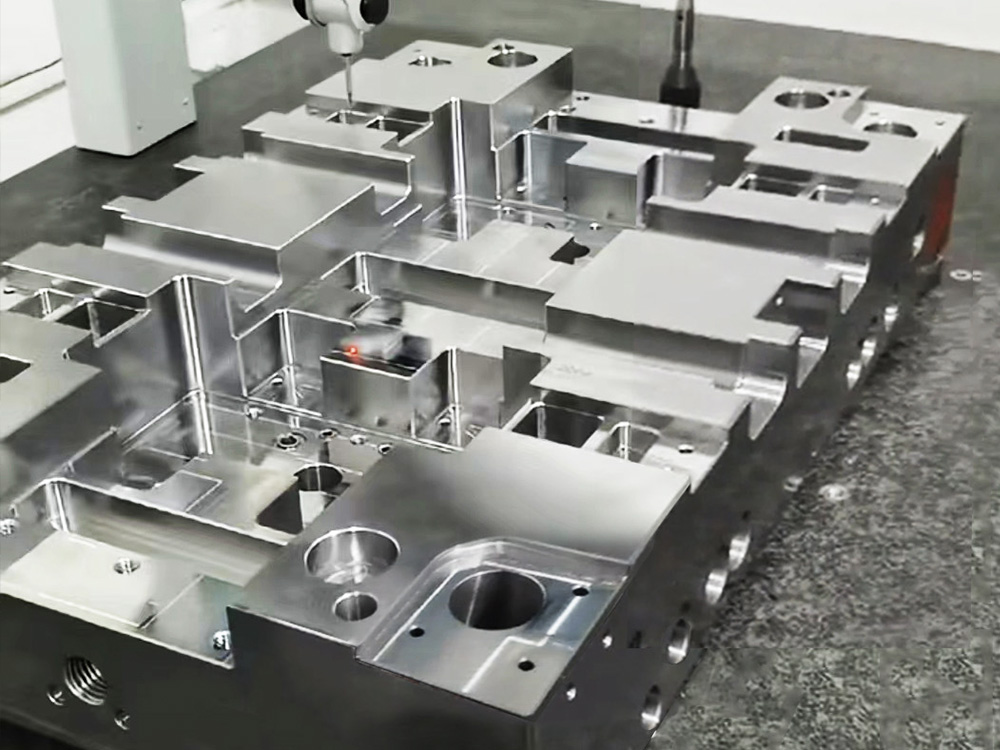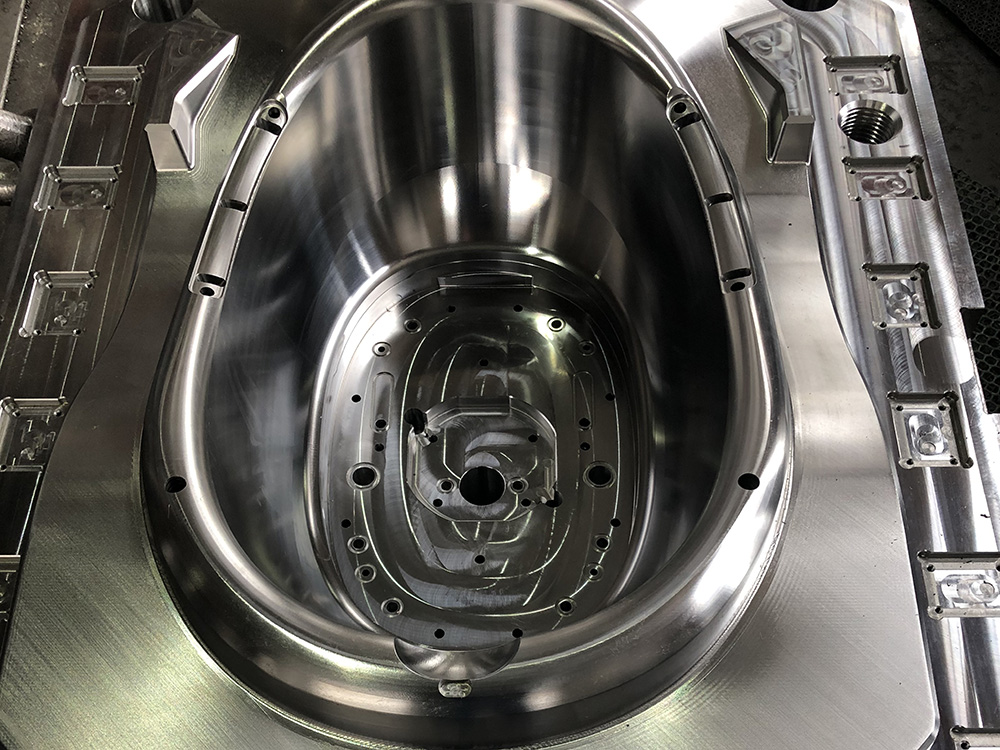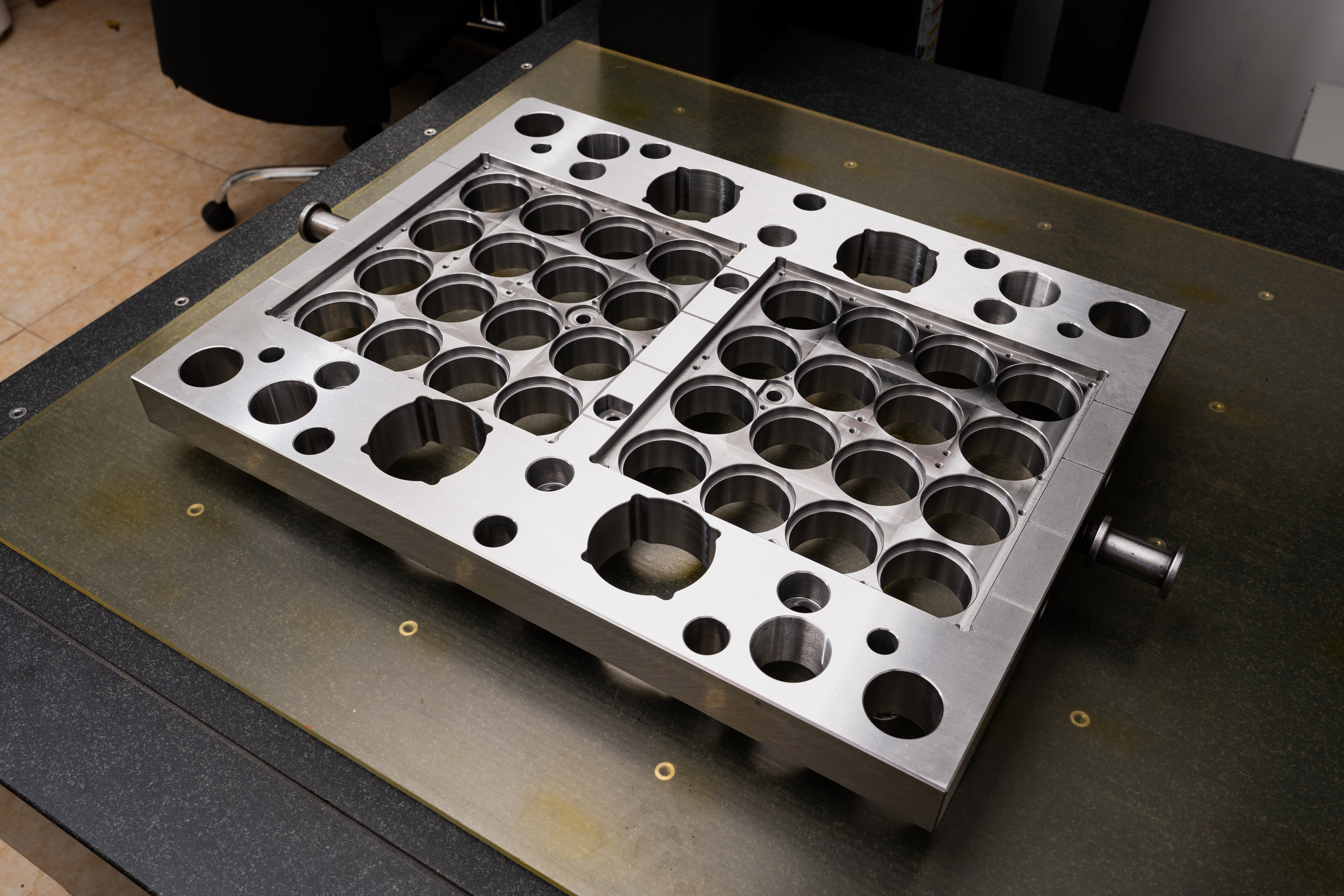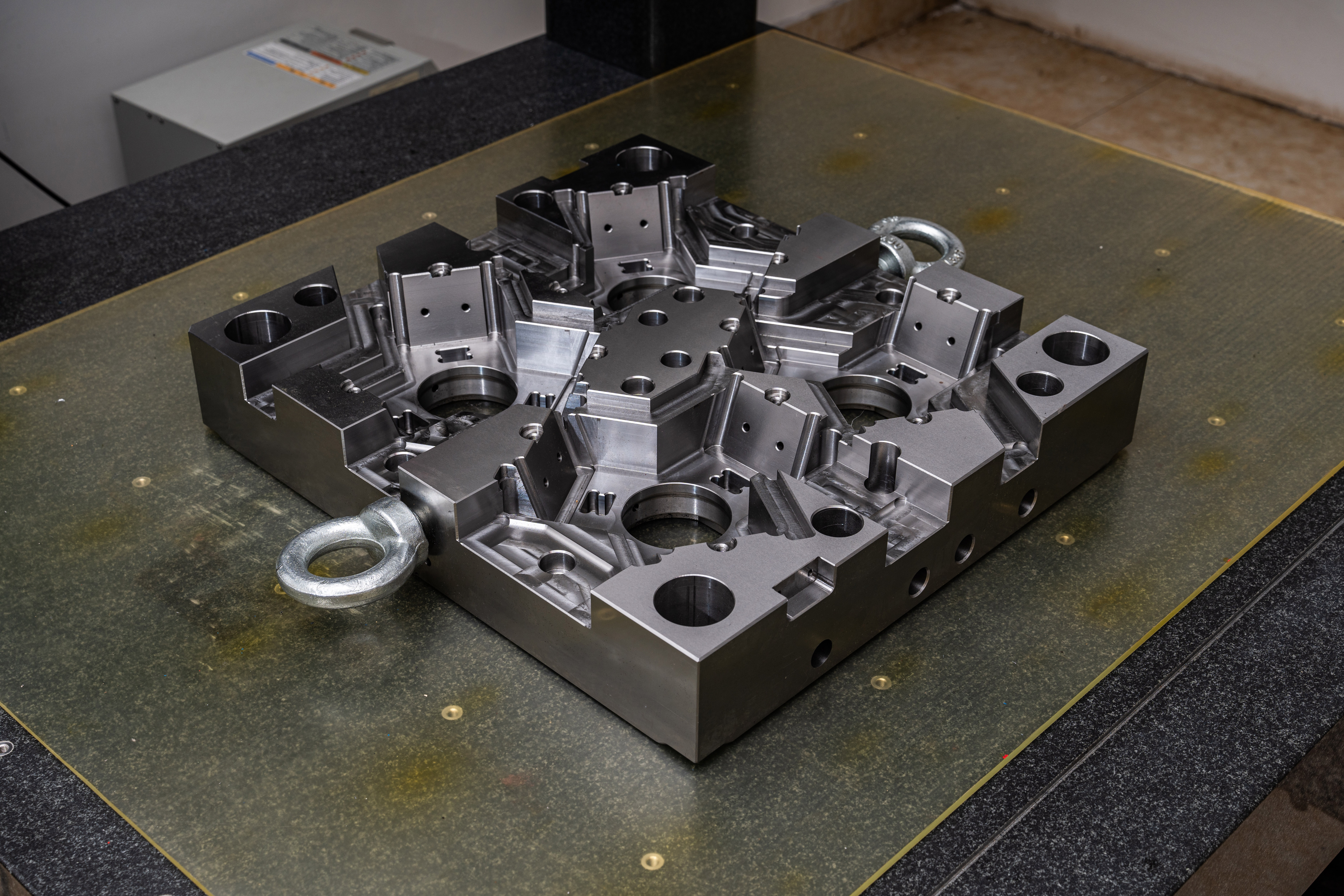Mold Base industry: Determining the Position of Top Rolls for Die Casting Mold Frame
Die casting is a widely used manufacturing process for producing metal parts with complex shapes and precision tolerances. In this process, a molten metal is injected into a mold cavity under high pressure. The mold, made up of two halves - the top and the bottom, determines the final shape of the part. Mold base, also known as mold frame, plays a significant role in supporting and positioning the die casting mold. In this article, we will focus on the importance of determining the position of top rolls for the die casting mold frame.
Ensuring Proper Alignment
The position of the top rolls is crucial for ensuring proper alignment and precise operation of the die casting mold. The top rolls are responsible for maintaining the correct distance between the top and bottom halves of the mold. This distance, known as the parting line, needs to be accurately established to achieve the desired shape and dimensions of the final part.
Improper alignment can result in various issues, such as flashing, porosity, and dimensional inaccuracies. Flashing occurs when excess material leaks out from the mold during the injection process, leading to additional cleaning and trimming operations. Porosity refers to the presence of small holes or voids in the cast part, which can weaken its mechanical properties. Dimensional inaccuracies can cause the part to deviate from the desired specifications, leading to functionality and fitment issues.
Factors Affecting Top Roll Positioning
Several factors need to be considered when determining the position of the top rolls for the die casting mold frame:
1. Parting Line Design: The design of the parting line is crucial in defining the position of the top rolls. It should take into account factors such as part geometry, draft angles, and ejection requirements. A well-designed parting line enables efficient mold separation and minimizes the risk of defects.
2. Mold Frame Design: The mold frame should provide sufficient support and rigidity to ensure stable operation of the die casting mold. The position of the top rolls should be determined in a way that evenly distributes the load and minimizes any deformation or misalignment during the casting process.
3. Die Casting Machine Specifications: The specifications of the die casting machine, including its tonnage, stroke, and platen size, can influence the positioning of the top rolls. The top rolls should be adjusted to accommodate the machine's requirements and provide optimal clamping force for successful mold operation.
Optimizing Top Roll Positioning
To optimize the positioning of the top rolls for the die casting mold frame, the following steps can be followed:
1. Conduct Proper Mold Design: A well-designed mold, including an appropriate parting line design, can significantly simplify the positioning of the top rolls. Utilize computer-aided design (CAD) software to analyze the part geometry, draft angles, and ejection requirements to determine the best position for the top rolls.
2. Perform Simulation Analysis: Simulation software can provide valuable insights into the mold filling, solidification, and cooling processes. It can help identify potential defects and optimize the position of the top rolls to minimize any problems during the die casting operation.
3. Consider Multiple Iterations: The positioning of the top rolls may require multiple iterations to achieve the desired results. It is essential to conduct trials and make necessary adjustments to ensure proper alignment, minimize defects, and achieve dimensional accuracy.
Conclusion
The position of the top rolls in the die casting mold frame plays a vital role in determining the success of the die casting process. Proper alignment and precise positioning are essential to minimize defects, maintain dimensional accuracy, and ensure the production of high-quality parts. By considering factors such as parting line design, mold frame design, and die casting machine specifications, manufacturers can optimize the positioning of the top rolls for efficient and effective die casting operations in the mold base industry.




